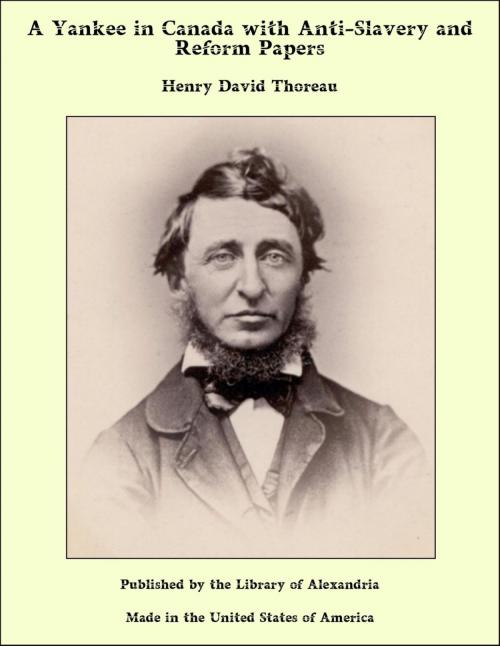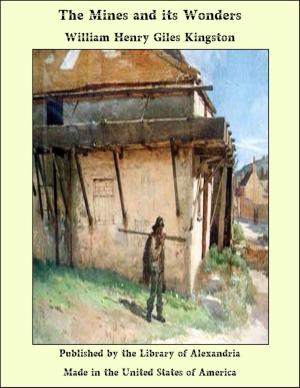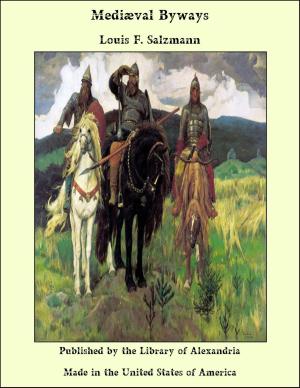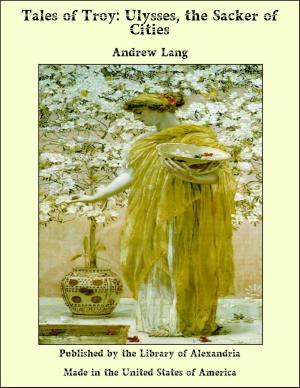A Yankee in Canada with Anti-Slavery and Reform Papers
Nonfiction, Religion & Spirituality, New Age, History, Fiction & Literature| Author: | Henry David Thoreau | ISBN: | 9781465615046 |
| Publisher: | Library of Alexandria | Publication: | March 8, 2015 |
| Imprint: | Language: | English |
| Author: | Henry David Thoreau |
| ISBN: | 9781465615046 |
| Publisher: | Library of Alexandria |
| Publication: | March 8, 2015 |
| Imprint: | |
| Language: | English |
The country was new to me beyond Fitchburg. In Ashburnham and afterward, as we were whirled rapidly along, I noticed the woodbine (Ampelopsis quinquefolia), its leaves now changed, for the most part on dead trees, draping them like a red scarf. It was a little exciting, suggesting bloodshed, or at least a military life, like an epaulet or sash, as if it were dyed with the blood of the trees whose wounds it was inadequate to stanch. For now the bloody autumn was come, and an Indian warfare was waged through the forest. These military trees appeared very numerous, for our rapid progress connected those that were even some miles apart. Does the woodbine prefer the elm? The first view of Monadnoc was obtained five or six miles this side of Fitzwilliam, but nearest and best at Troy and beyond. Then there were the Troy cuts and embankments. Keene Street strikes the traveller favorably, it is so wide, level, straight, and long. I have heard one of my relatives, who was born and bred there, say that you could see a chicken run across it a mile off. I have also been told that when this town was settled they laid out a street four rods wide, but at a subsequent meeting of the proprietors one rose and remarked, "We have plenty of land, why not make the street eight rods wide?" and so they voted that it should be eight rods wide, and the town is known far and near for its handsome street. It was a cheap way of securing comfort, as well as fame, and I wish that all new towns would take pattern from this. It is best to lay our plans widely in youth, for then land is cheap, and it is but too easy to contract our views afterward. Youths so laid out, with broad avenues and parks, that they may make handsome and liberal old men! Show me a youth whose mind is like some Washington city of magnificent distances, prepared for the most remotely successful and glorious life after all, when those spaces shall be built over and the idea of the founder be realized. I trust that every New England boy will begin by laying out a Keene Street through his head, eight rods wide. I know one such Washington city of a man, whose lots as yet are only surveyed and staked out, and except a cluster of shanties here and there, only the Capitol stands there for all structures, and any day you may see from afar his princely idea borne coachwise along the spacious but yet empty avenues. Keene is built on a remarkably large and level interval, like the bed of a lake, and the surrounding hills, which are remote from its street, must afford some good walks. The scenery of mountain towns is commonly too much crowded. A town which is built on a plain of some extent, with an open horizon, and surrounded by hills at a distance, affords the best walks and views.
The country was new to me beyond Fitchburg. In Ashburnham and afterward, as we were whirled rapidly along, I noticed the woodbine (Ampelopsis quinquefolia), its leaves now changed, for the most part on dead trees, draping them like a red scarf. It was a little exciting, suggesting bloodshed, or at least a military life, like an epaulet or sash, as if it were dyed with the blood of the trees whose wounds it was inadequate to stanch. For now the bloody autumn was come, and an Indian warfare was waged through the forest. These military trees appeared very numerous, for our rapid progress connected those that were even some miles apart. Does the woodbine prefer the elm? The first view of Monadnoc was obtained five or six miles this side of Fitzwilliam, but nearest and best at Troy and beyond. Then there were the Troy cuts and embankments. Keene Street strikes the traveller favorably, it is so wide, level, straight, and long. I have heard one of my relatives, who was born and bred there, say that you could see a chicken run across it a mile off. I have also been told that when this town was settled they laid out a street four rods wide, but at a subsequent meeting of the proprietors one rose and remarked, "We have plenty of land, why not make the street eight rods wide?" and so they voted that it should be eight rods wide, and the town is known far and near for its handsome street. It was a cheap way of securing comfort, as well as fame, and I wish that all new towns would take pattern from this. It is best to lay our plans widely in youth, for then land is cheap, and it is but too easy to contract our views afterward. Youths so laid out, with broad avenues and parks, that they may make handsome and liberal old men! Show me a youth whose mind is like some Washington city of magnificent distances, prepared for the most remotely successful and glorious life after all, when those spaces shall be built over and the idea of the founder be realized. I trust that every New England boy will begin by laying out a Keene Street through his head, eight rods wide. I know one such Washington city of a man, whose lots as yet are only surveyed and staked out, and except a cluster of shanties here and there, only the Capitol stands there for all structures, and any day you may see from afar his princely idea borne coachwise along the spacious but yet empty avenues. Keene is built on a remarkably large and level interval, like the bed of a lake, and the surrounding hills, which are remote from its street, must afford some good walks. The scenery of mountain towns is commonly too much crowded. A town which is built on a plain of some extent, with an open horizon, and surrounded by hills at a distance, affords the best walks and views.















